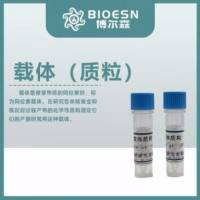Production of Transgenic Rice (Oryza sativa subspecies japonica cv. Taipei 309)
互联网
470
Oryza sativa L. has three subspecies: indica, japonica , and javanica . Subsp. indica grows well in southern temperate and tropical regions; subsp. japonica grows well in cooler climates such as Japan; and subsp. javanica is grown mostly in the Americas and Europe. Several viruses infect rice, causing devastating losses in yield. Tungro disease is caused by an association of an RNA genome virus (rice tungro spherical virus) and a DNA genome virus (rice tungro bacilliform virus). Estimated annual yield losses caused by Tungro virus infection of rice exceed $1.5 billion (1 ). Rice ragged stunt virus causes the second most important viral disease, with economic losses exceeding $140 million annually. Several tenuiviruses are also major pathogens in various rice-growing regions. These include rice grassy stunt virus, which is prevalent in the Philippines; rice stripe virus, which is often found in Japan; and rice hoja blanca virus, which is endemic in Latin America and occurs in sporadic but disastrous outbreaks. Novel biotechnological approaches for resistance, using various pathogen-derived genes, are being explored (2 ). The production and thorough molecular analysis of transgenic plants by methods such as those described in this chapter and in Chapter 41 are vital toward evaluation of the efficacy of these new approaches.









